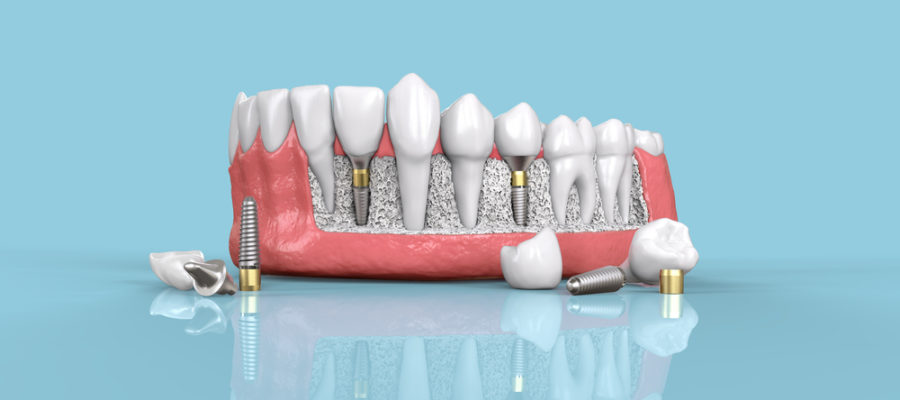The impact of 3D printing technology in dentistry is profound. Additive manufacturing technology lends itself well to applications in the dental industry, particularly due to its capability for mass customization.
In all areas of healthcare, 3D printing is breaking new ground in treatment technology; from its potential for organ transplants to durable prostheses. But the hurdle for almost every medical sector 3D printer application is the need for each iteration of a solution to be customized for the specific patient.
Nowhere is this more evident than in dental products.
Applications for Stratasys Series of Dental 3D Printers
Digital dentistry is becoming more of the norm every day. Dental clinics and dental labs are each discovering new ways to use 3D printing to offer new products and services, increase production times and lower costs.
But the problem they all face is choosing the right 3D printer for their purposes and resources.
Fortunately for them, the Stratasys Series of Dental 3D printers offers a solution to suit their requirements, whether they want to make a cost-effective transformation to digital dentistry, or they need to streamline their lab’s workflow with high-speed printers.
The following are among the main dental applications you can use with one or more of the Stratasys Series of dental printers:
- Cast Partials
- Crowns and Bridges
- Diagnostic wax-ups
- Implant models
- Orthodontic appliance models
- Realistic teeth and gums
- Surgical guides
- Temporary try-ins
- Veneer models
- Clear aligners
Of course, different applications require different materials. The Stratasys Series of printers creates accurate 3D models and products from VeroDent Plus, VeroGlaze and/or biocompatible materials. In addition to their speed and versatility, the Stratasys Series Polyjet technology is capable of microscopic accuracy down to 0.1 mm.
If you enjoyed this post, check out our recent article “4 Benefits of 3D Modeling for Engineers”.
